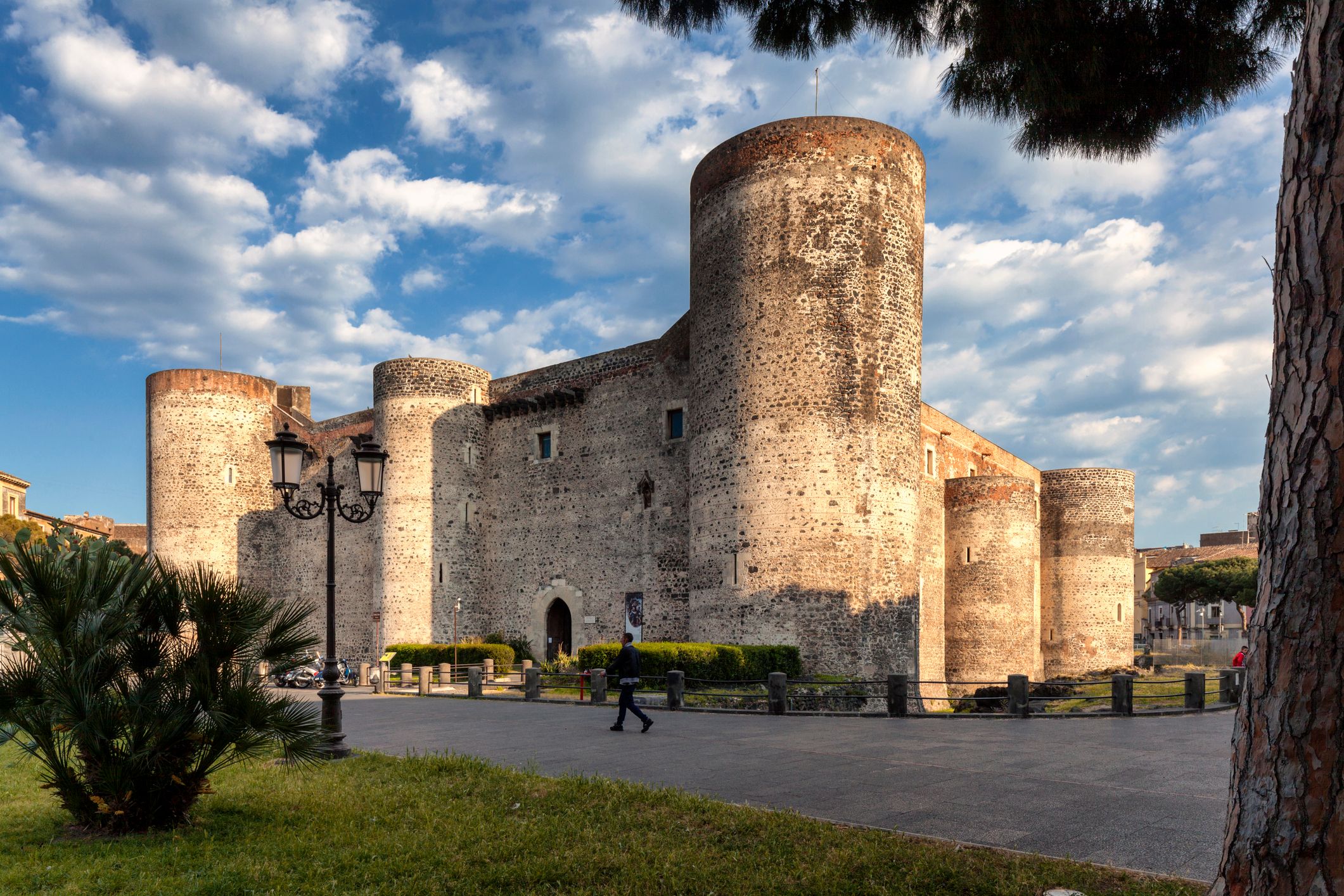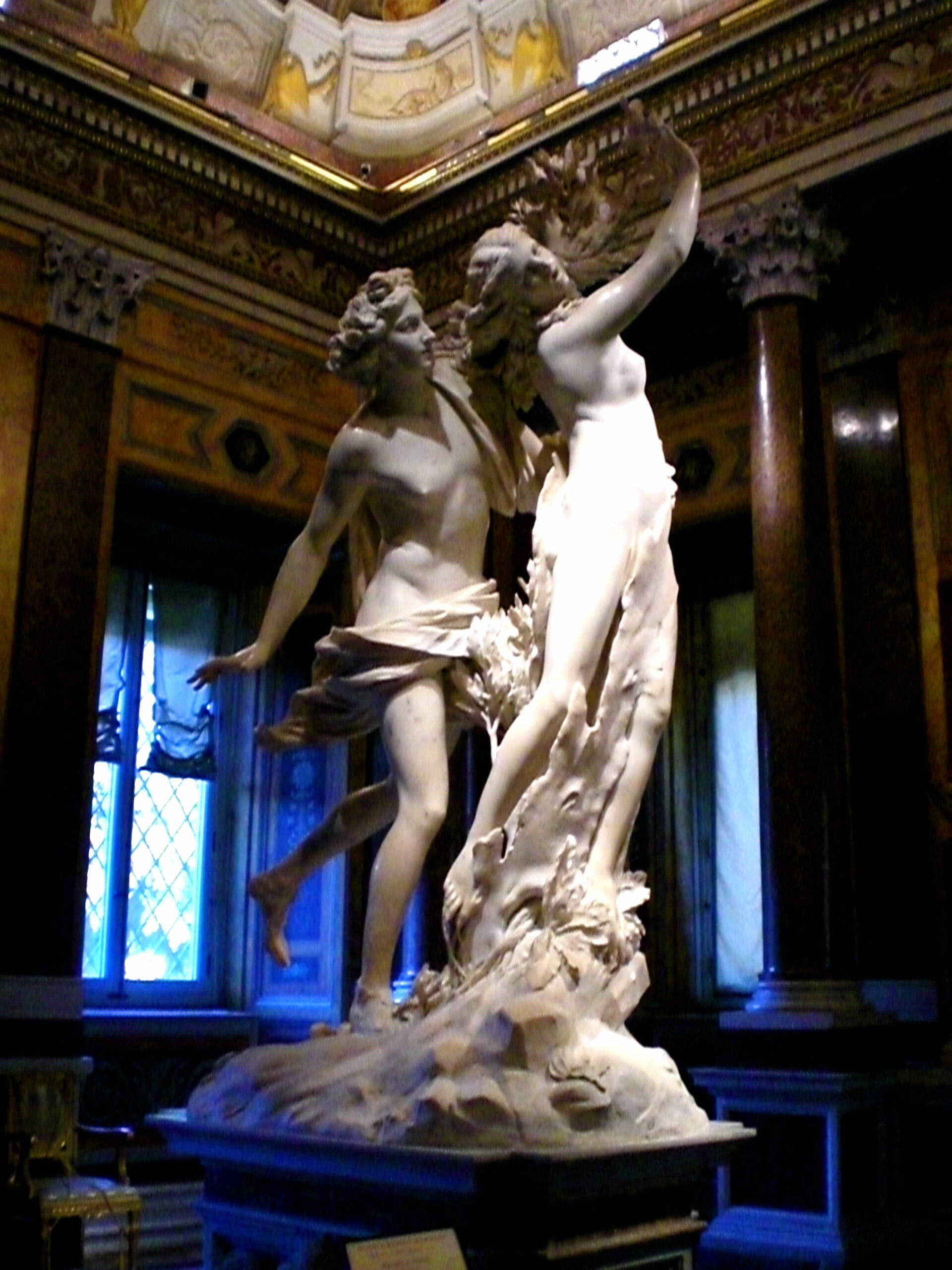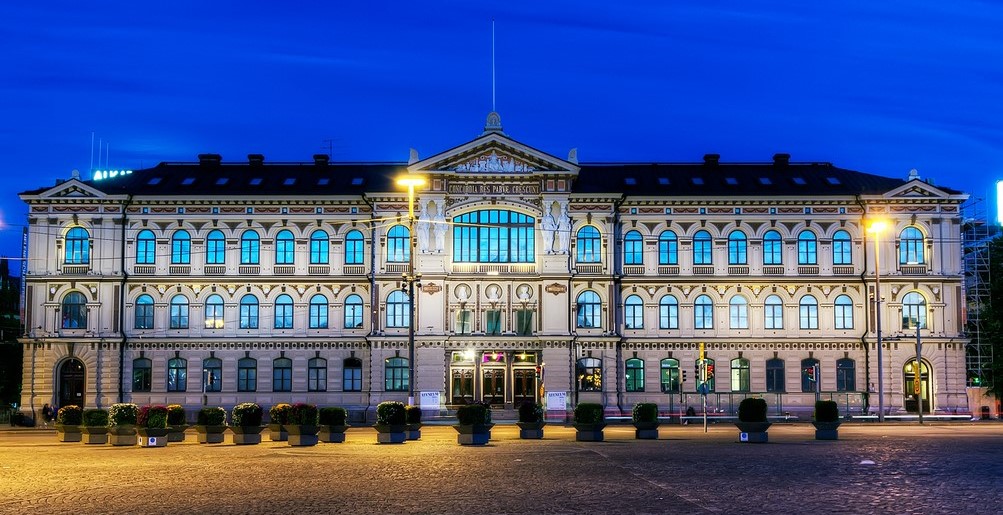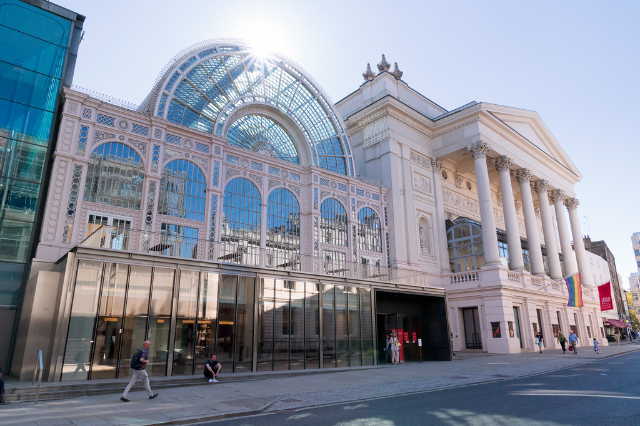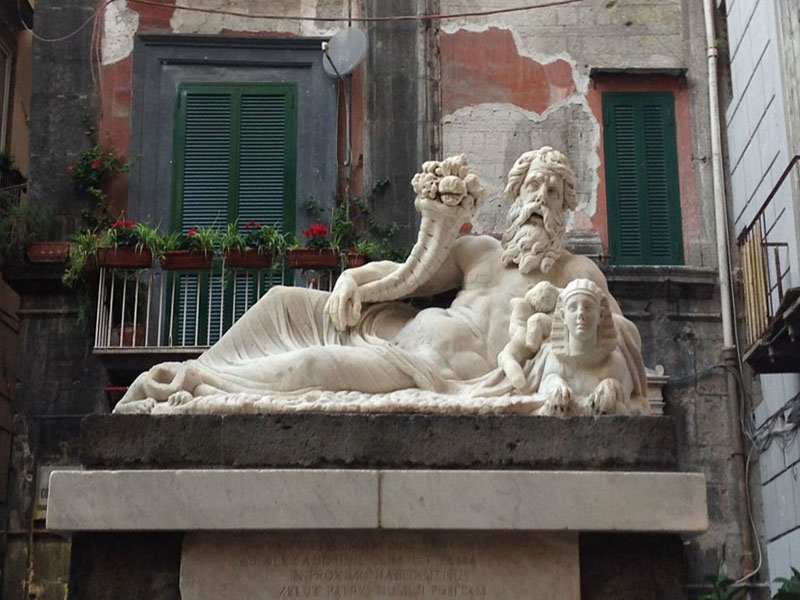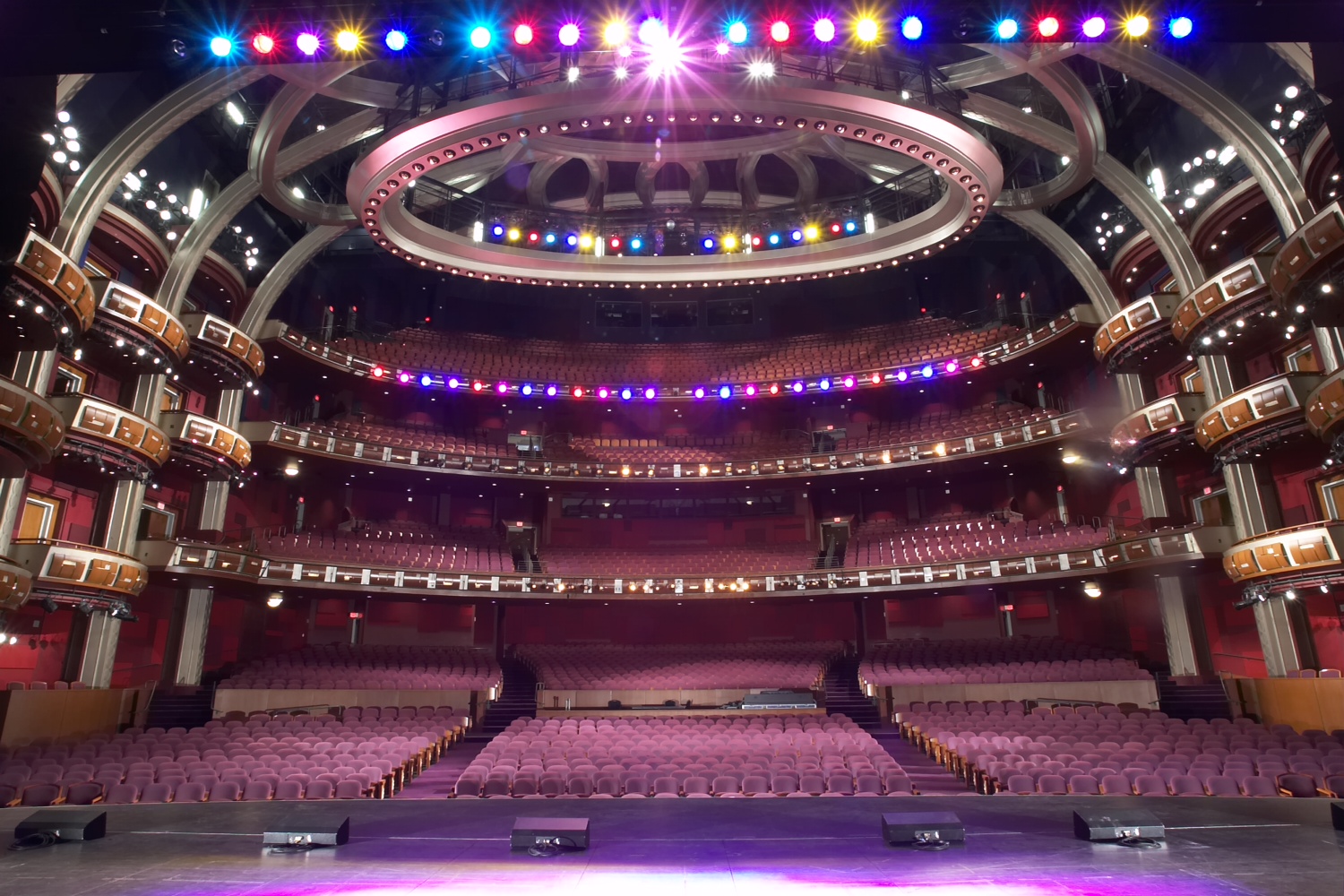Civic Museum at Ursino Castle
The reopening of the first floor of the museum (which took place in 1999) allows visitors to admire some of the sculptures from the Hellenistic and Roman periods, including the head of an Ephebe from the 6th century BC, found in the excavations of the ancient Leontinoi and belonged to Ignazio Paternò Castello (it is believed that it originally belonged to the acephalous Kouros exhibited at the Paolo Orsi Museum in Syracuse), the 3rd century statue of Hercules from the excavations of the Zappalà Palace in via A. di Sangiuliano in Catania, the monumental torso of Emperor Julius Claudius depicted as Jupiter. In addition, many decorative fragments from the Theatre and valuable floor mosaics from different parts of the city (an inviting " Vtere Feliciter" stands out on the others;, which was the entrance to the nymphaeum in Piazza Dante). Also of considerable importance (especially for the Sicilian historiography of the imperial age and for public functions) is the monumental cippus of Q. Atilius, called Cippo Carcaci, and the fragment of decoration (given its appearance, probably originally it must have been part of an historiated column) coming from the excavations near the Porta delli Canali (today Porta di Carlo V), both found in Catania.
Noteworthy are the two portals of the thirteenth and fifteenth century respectively. The latter located in the courtyard is an important document of the period in which the Castle was a prison, with the inscriptions (signatures, poems, drawings) engraved by the condemned on the jambs.
To finish a rich collection of Greek craters among which stands out a penthouse crater with drawings of Perseus beheading the Gorgon.
